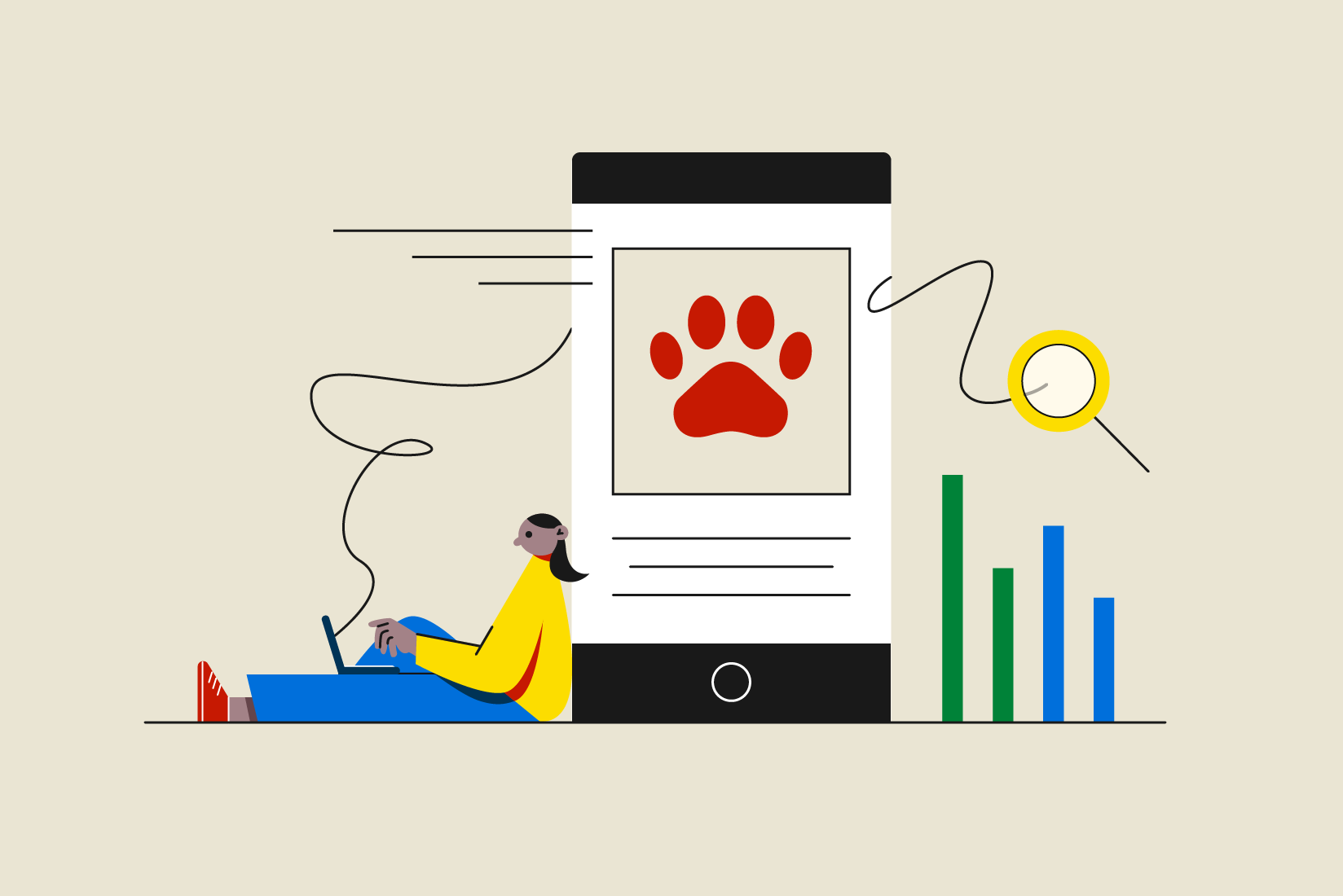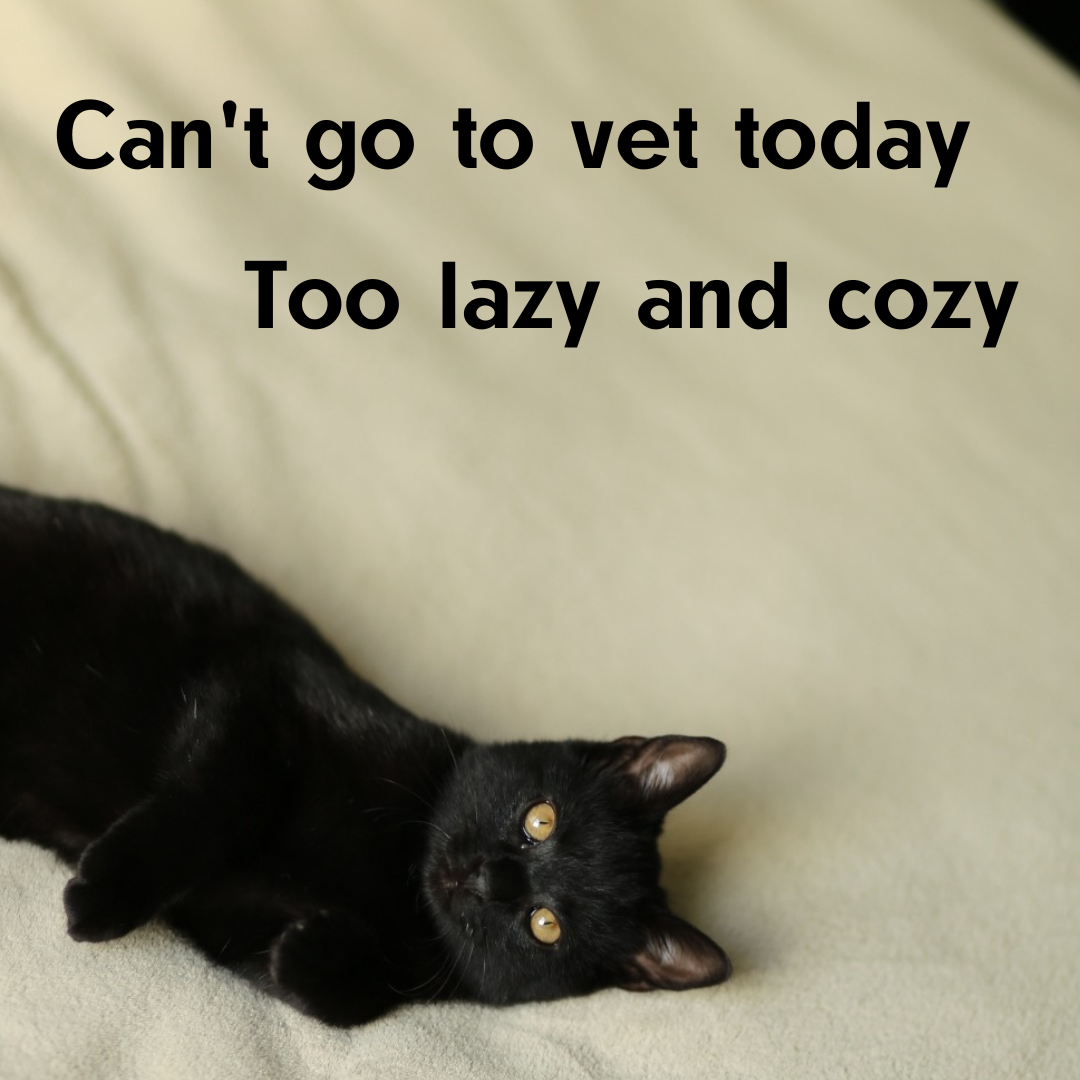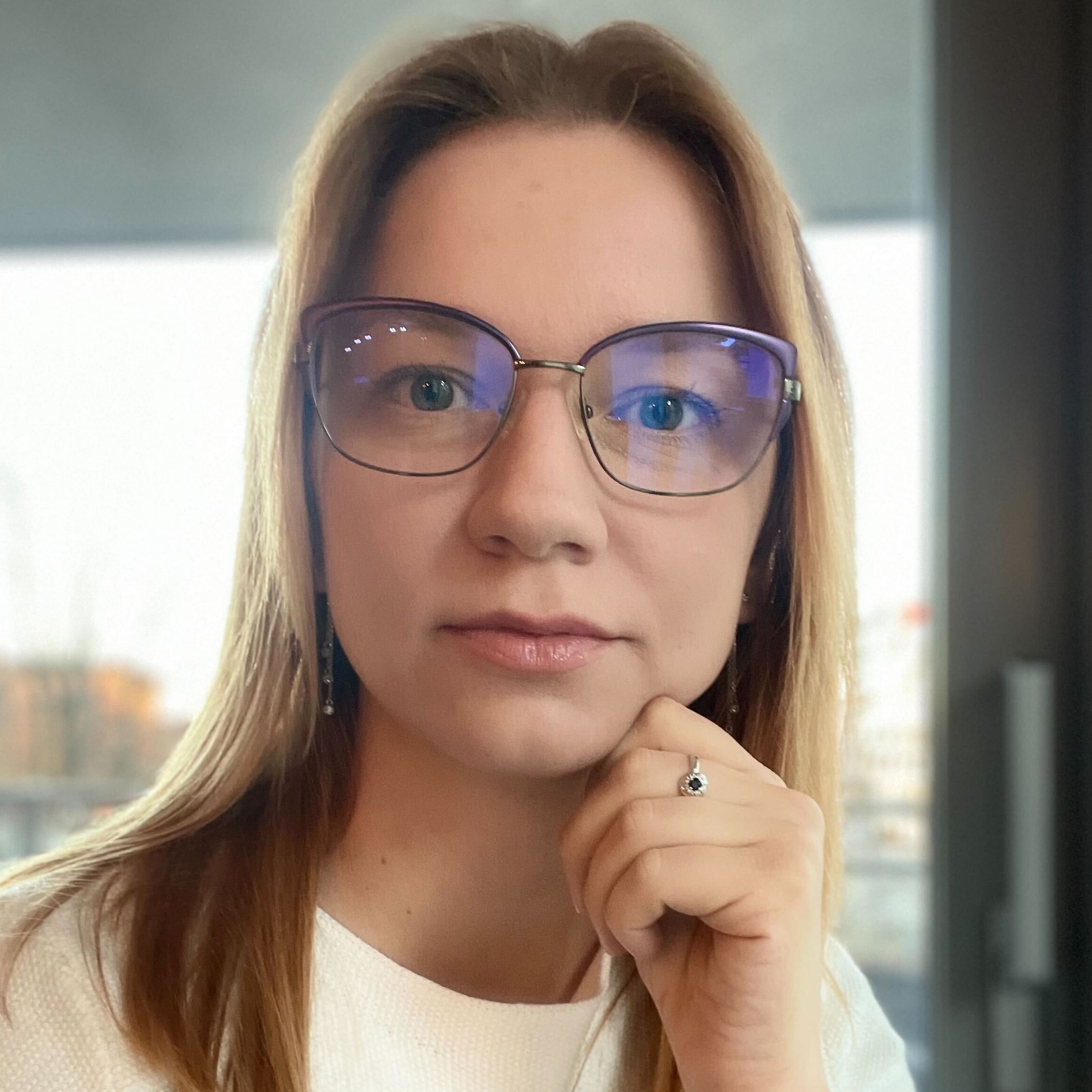Don’t rush to launch your MVP: validate the idea first to measure demand
Even if you are sure you’ve found the most genius idea for a startup, don’t rush to throw all your resources at the MVP. It’s way more efficient to spend the next 10 days validating your idea than to waste your design, development and testing teams’ time (and budget) on an app that no one needs.

We’ve already shared HOW we approach idea validation. Now we’ll break down a real example from the Pets App that went through the process.
Let’s dive into:
- the idea itself — health tech for pets
- the hypotheses we tested
- what competitor research revealed
- what did the market tell us?
- interview insights (or why cat lovers surprised us)
- the decision we came to: to build or not to build?
The idea to validate — health tech for pets
Marina Mironova, the business analyst, came to our Venture Studio with an idea to create a Pets App – an app which stores pets' health data and tracks their condition.
How did Marina get the idea?
It’s simple. Marina herself is a proud owner of two charming dogs. From personal experience she felt how much time and effort it takes to find out what is wrong with her small friends.
She has had to take her dog to many veterinarians and collect a pile of documents to find the real reason for the pet’s ailment.
“It all started when my dog began to whine after each stroll. But unfortunately it couldn't tell what was the real problem. All I could do was guess,” Marina described.
“I suspected something was wrong and immediately took my dog to the vet. Still, this one trip was only the start. I visited three more clinics to get to the bottom of the real problem.”
“Each time I went to a new doctor I dragged a huge pile of docs with me — my dog’s test analyses, prescriptions, doctor’s reports and so on. I needed to tell each new veterinarian what is bothering my dog and answer all over again the same questions about nutrition, vaccinations and medications.”
“Luckily, in the end I was able to identify the real cause of illness and my dog is healthy now."
"But the situation got me thinking: 'what if I need to go to the vet once more? Or if I move to another country or city, will I need to go through all this process again?'"
"It was then that I came up with the idea to create a platform for pets in the healthtech domain where all data about our pets' health will be stored in one place and can be provided electronically to any veterinarian in case of emergency.”
The hypotheses we tested to find the main problem
We formulated several hypotheses of pain points based on personal experience and brief information from other pet owners.
We assumed that pets owners:
- Experience some discomfort storing and using pets test results and doctors' prescriptions on papers;
- Are forced to describe the medical history of their pets from the very beginning each time they change the doctor or clinic;
- Lose track of parts of their paper certificates and prescriptions, especially when moving to a new place;
- Forget to vaccinate their pets on time without proper notifications.
To find out what opportunities products on the market already have and their main value-add, we turned to study the competitors.
What competitor research revealed
In the beginning, we looked through apps with a similar set of functions in AppStore and Play Market, both web and mobile. It turned out that there are lots of similar platforms on the market, but we didn’t find a 100% replacement in terms of functionality.
Usually, the competitors either had fewer features or offered features that were not included in our Pets App plans.
Our team looked carefully through the stats of apps that turned out to be the closest to our product: total number of downloads, rating, number of downloads per month, user reviews, full functionality and design.
Some platforms happened to have 4 stars or even lesser ratings with no more than 5,000 overall downloads. It was clear these apps aren’t used.
Other products like 11Pets and DogLog on the contrary were popular in AppStore and Google Play.
What did the market tell us?
After analyzing competitors, we switched to studying the US market where we planned to promote the app. We looked through dozens of vet clinics and pet owner groups.
According to the American Pet Products Association, there are 187 million pets (cats and dogs) in the USA and the number is constantly growing.
The number of pets has the biggest impact on industries such as Animal Food Production (revenue 2022: $62.8bn), Veterinary Services ($52.4bn), Pet Stores ($21.5bn) and Pet Grooming & Boarding ($8.5bn). If you believe the numbers, the income of each area has grown from 1,5% to 4,4% last year.
On the one hand, the growing number of pets showed us positive market prospects.
On the other hand, the huge number of pets didn’t correlate with the number of app downloads. Then there was speculation that owners may not need special applications to store pet health data.
At the same time, we cannot say that pet owners treat them negligently: the average lifespan of pets in the USA has only increased in recent years.
In the end, market research helped us to formulate several hypotheses. Pet owners may:
- not see value in applications that allow you to store all pet data in one place;
- prefer to store pet health data differently;
- cover this need with the help of veterinary services.
To confirm or refute our hypotheses, we decided to ask the owners of the pets and conducted interviews.
Interview insights (or why cat lovers surprised us)

In parallel with market analysis our team looked for respondents to interview. To find the right people we placed a LinkedIn announcement that invited dog and cat owners to participate in a quick survey.
Here are some questions from the survey:
- What pet do you have?
- How are you keeping your pet healthy?
- How often does it get sick?
- Which difficulties did you face while going to the vet?
- What did you do to solve this problem?
- Have you ever used apps to track your pet's health?
- If yes, what did you like and what was missing in the app?
We analyzed the answers and got some peculiar insights:
• In general, our respondents noted that they would use the pet's health tracking application for one time only to solve some specific problem. They didn’t need to use such apps constantly.
• Cat owners admitted that they bring their pets to the vet much less often than dog owners do. Many cats rarely go outside, so their owners don’t even vaccinate them. The survey showed that in 10 years of a cat’s life, the pet visited a vet clinic lesser than 10 times. So the owners didn’t need an app to store the information about their pets' health.
• We also realized that we can add breeders, cattery owners, or those who provide pet boarding or sitting services to the number of respondents in the future. Such people deal with cats and dogs more regularly and may need such a platform.
• To continue working on the product we needed to narrow the target audience and focus mainly on the dog owners who contacted veterinarians more often.
The decision we came to: to build or not to build?
After analyzing all the data the team decided not to go further with the initial idea. There are two reasons:
- Our market analysis showed that the competitors didn’t find product-market fit.
- The interview results didn’t confirm our hypothesis.
Bonus: How to improve the validation process going forward
Even when the decision has already been made, you should not forget (or put aside) collecting feedback. The feedback holds the most valuable information – the team’s workflow impression, mistakes and compliments taken.
In fact, feedback helps to improve the next validation process without making the same assumptions and mistakes again.
Here is some advice that our team has gathered after the Pets app validation:
- Allow more time for interviews to get insights from different potential users. In such cases the results will be more relevant.
- Narrow your target audience to reduce errors. It doesn’t mean you need to take fewer respondents, to narrow the audience means to specify the criteria for selecting the target one. For example, as our survey showed, cat owners practically do not go to veterinary clinics. So it made sense to interview dog owners more because the problem is more painful for them.
- Look for respondents and prepare your script for the interview right from the beginning of the sprint. It will help avoid a rush and reduce the pressure on interviewers.
- Test an alternative type of survey – make a questionnaire instead of a live video interview. It can save time for your team and increase the number of respondents willing to answer your questions.
P.S. Yes, we decided not to go with the idea any further. Still, we didn’t drop the Pets App idea completely, we’ve just put it in our backlog.
There are some cool options on how to pivot it and change the direction of the app🔥





